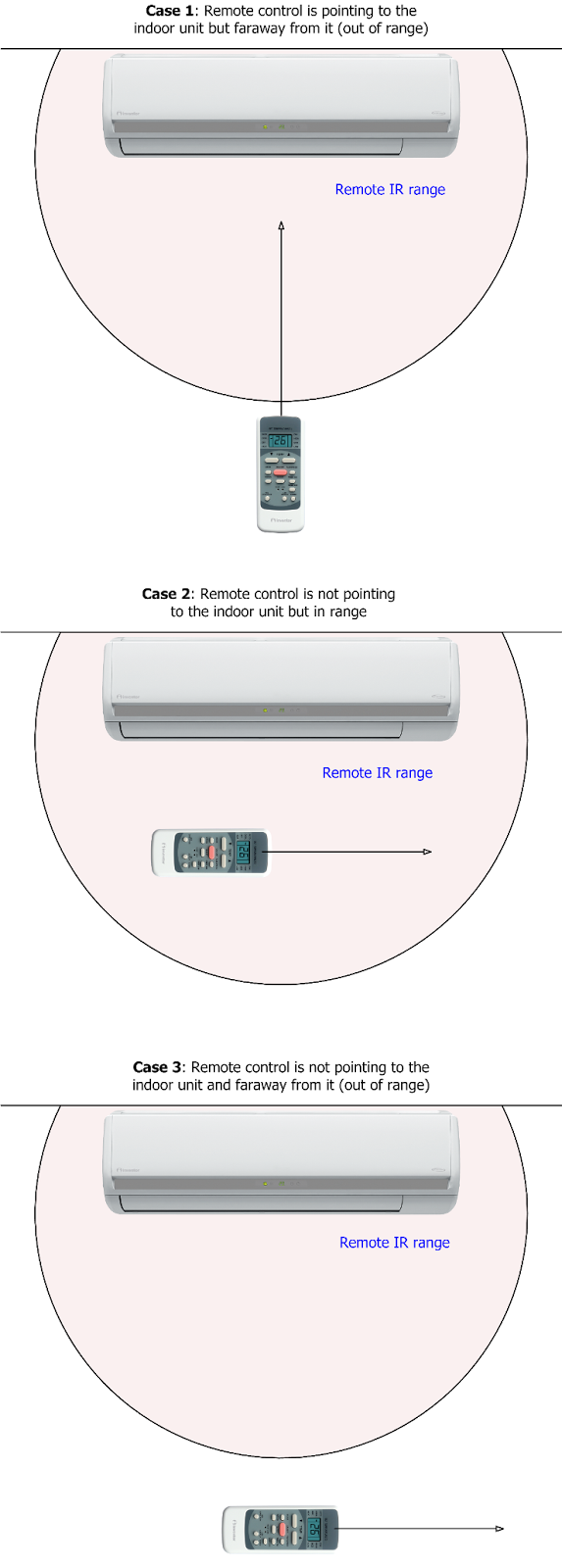Tags:
Hyundai Verna Egypt refrigerant charge
Hyundai Verna Egypt refrigerant mass
شحنة فريون هيونداي فيرنا
Hyundai Verna Egypt is the second generation LC (1999-2005) of Hyundai Accent sedan 4-door as I figured out from the following link in Wikipedia:
https://en.wikipedia.org/wiki/Hyundai_Accent
The refrigerant type and mass is not stated in the last updated owner's manual (2005) in the following link:
Hyundai Accent 2005 owner's manual
As I knew by asking people and by internet search the refrigerant used in the air conditioning system is R134a which is used in refrigerators and freezers, but I was not sure of the accurate (design) amount of refrigerant mass (charge) because of different values stated in different sources:
Reference 1:
http://workshop-manuals.com/hyundai/accent/l4-1.6l/heating_and_air_conditioning/refrigerant/component_information/specifications/capacity_specifications/
R134a (600 ± 25 g)
Reference 2:
http://www.techchoiceparts.com/refrigerant-and-oil-capacities/hyundai
R134a. 20 ounce = 566.9905 g. Oil PAG46. 6 ounce=170.0971 g
Reference 3:
http://www.naasltd.com/Resources/FileBrowser/Media/Documents/CVS/Refrigerant%20and%20oil%20charge%20chart.pdf
R134a 0.600kg OIL ISO46 150g.
Reference 4:
http://www.autototal.ro/dmdocuments/Catalog%20Behr%20Hella.pdf
R134a 550 gm. Oil: PAG FD46XG 180 mL
Then, from previous references, it seems that the maximum possible amount of refrigerant charge R134a is 625 gm and oil 180 gm. This means that a 1-kg refrigerant bottle is fare enough for the refrigerant charging operation.
Done...
Hyundai Verna Egypt refrigerant charge
Hyundai Verna Egypt refrigerant mass
شحنة فريون هيونداي فيرنا
Hyundai Verna Egypt is the second generation LC (1999-2005) of Hyundai Accent sedan 4-door as I figured out from the following link in Wikipedia:
https://en.wikipedia.org/wiki/Hyundai_Accent
The refrigerant type and mass is not stated in the last updated owner's manual (2005) in the following link:
Hyundai Accent 2005 owner's manual
As I knew by asking people and by internet search the refrigerant used in the air conditioning system is R134a which is used in refrigerators and freezers, but I was not sure of the accurate (design) amount of refrigerant mass (charge) because of different values stated in different sources:
Reference 1:
http://workshop-manuals.com/hyundai/accent/l4-1.6l/heating_and_air_conditioning/refrigerant/component_information/specifications/capacity_specifications/
R134a (600 ± 25 g)
Reference 2:
http://www.techchoiceparts.com/refrigerant-and-oil-capacities/hyundai
R134a. 20 ounce = 566.9905 g. Oil PAG46. 6 ounce=170.0971 g
Reference 3:
http://www.naasltd.com/Resources/FileBrowser/Media/Documents/CVS/Refrigerant%20and%20oil%20charge%20chart.pdf
R134a 0.600kg OIL ISO46 150g.
Reference 4:
http://www.autototal.ro/dmdocuments/Catalog%20Behr%20Hella.pdf
R134a 550 gm. Oil: PAG FD46XG 180 mL
Then, from previous references, it seems that the maximum possible amount of refrigerant charge R134a is 625 gm and oil 180 gm. This means that a 1-kg refrigerant bottle is fare enough for the refrigerant charging operation.
Done...

